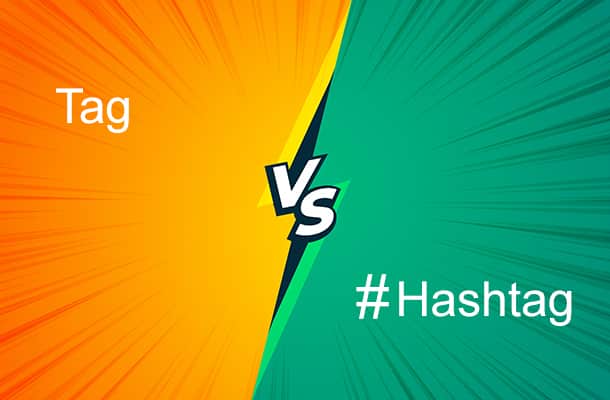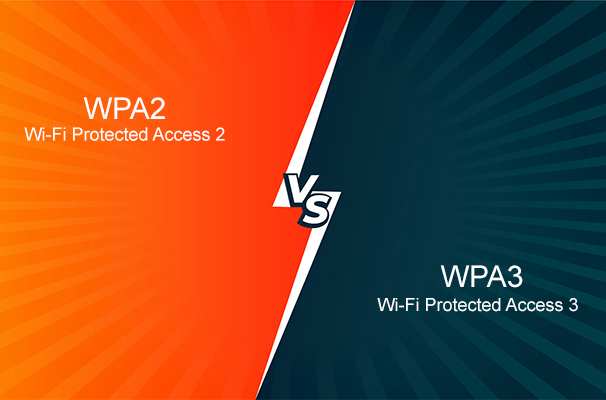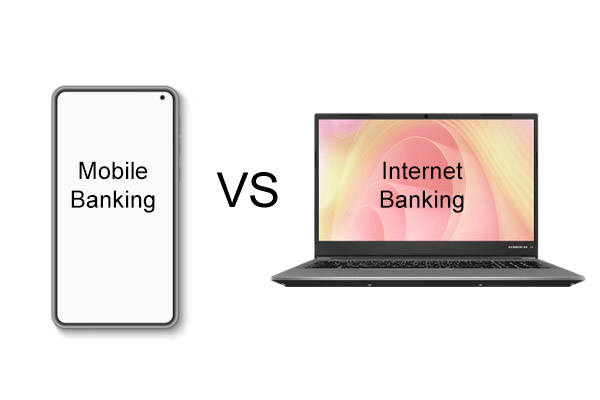Navigate the world of digital marketing with our comprehensive guide on the differences between retargeting and remarketing. While both methods aim to engage previous website visitors, retargeting focuses on spreading brand awareness among those who’ve shown initial interest, using strategic ad placements across various platforms. Remarketing, on the other hand, zeroes in on customers at the brink of purchase, employing personalized outreach like emails and messages. Deciding which method to use depends on the particular audience segment you’re targeting. This article breaks down these strategies, from their definitions to their types and the key differences, aiding you in choosing the right approach for your business to optimize conversions and customer engagement.
Differences Between Retargeting and Remarketing
Delve deeper into the intricacies of digital marketing as we shed light on the “Differences Between Retargeting and Remarketing.”
- At first glance, retargeting and remarketing may seem like twins. However, upon closer inspection, the differences begin to emerge. Retargeting, a cookie-based technology, uses JavaScript code to anonymously follow your audience around the web. Remarketing, on the other hand, employs direct channels like automated emails, SMS, and calls to reach consumers, alongside website and social media ads.
- Retargeting casts a wide net, roping in users based on their on-site activities like cart abandonment, item saving, searching, and wishlisting. Remarketing, however, reconnects with past customers and cart abandoners via direct communication methods.
- In terms of customer inclusion, retargeting focuses on those who have visited your website or social media profile, while remarketing zeroes in on those who have made purchases, either offline or online, and have shared contact details.
- Fundamentally, retargeting aims to attract new customers from previous website visitors. Remarketing, conversely, works to retain the interest of audiences who have shown interest in or have previously purchased your products. Together, they form a potent duo that can elevate your digital marketing strategy. Let’s explore further these fascinating tactics.
Comparison Chart: Retargeting vs Remarketing
| Parameter | Retargeting | Remarketing |
| Meaning | Utilizes paid ads across platforms to recapture the attention of previous site visitors. | Reengages past customers via direct communication channels such as emails, SMS, or WhatsApp messages. |
| Customers | Focuses on those who have visited your website or social media profile, irrespective of purchase history. | Centers on past customers who’ve shared their contact details. |
| Initial Point | Begins by saving cookies from user’s web activity. | Initiates when a visitor provides their contact details. |
| Objective | Aims to attract a wider audience from previous site visitors and convert them into customers. | Strives to retain the attention of those who’ve shown interest or have previously purchased. |
| Strategy | Embraces a broader strategy, covering paid ads across various online platforms. | Pursues a more direct and personalized approach, typically involving email campaigns. |
| Tools Used | Primarily employs cookies and JavaScript code. | Generally uses email systems and CRM. |
| Engagement Level | Involves less direct engagement with the customer. | Entails a higher level of direct communication. |
| Conversion Focus | Seeks to convert site visitors into first-time buyers. | Aims to convert past customers into repeat buyers. |
What is Retargeting?
Retargeting is a form of online advertising that aims to re-engage visitors after they have left a website. When a user browses your website without making a purchase, retargeting helps keep your brand at the forefront of their mind by displaying personalized ads based on their browsing behavior. This is achieved using cookie-based technology and Javascript code, which follow your audience anonymously across the web. Whether it’s through social media, search engines, or other websites, these targeted ads are designed to draw the users back to your website. By reminding potential customers of the products or services they viewed, retargeting increases the likelihood of conversion, making it an effective tool in your digital marketing arsenal.
- Types of Retargeting:
- Site-based Retargeting: This form of retargeting targets visitors who have previously visited your website, showing them relevant ads as they browse other websites.
- Search Retargeting: Here, ads are shown to users based on the search terms they used on search engines, even if they haven’t visited your website.
- Email Retargeting: This targets users who have interacted with your emails, serving them specific ads based on their email engagement.
- CRM Retargeting: Also known as list-based retargeting, this method uses customer email lists to serve targeted ads across different platforms.
- Facebook Retargeting: This strategy focuses on serving ads to Facebook users who have visited your site or interacted with your Facebook page.
- Audience Retargeting: This uses behavioural, demographic, geographic, interest, and intent-based data to serve ads to your ideal audience across the internet.
- Dynamic Retargeting: This method serves specific product or service ads to users based on their browsing behaviour and interactions with your site.
What is Remarketing
Remarketing is a digital marketing strategy aimed at re-engaging customers who have previously interacted with your brand or made a purchase. This strategy often involves collecting user information, creating lists, and using this data to send personalized emails, SMS, or even make direct calls. Unlike retargeting, which uses paid ads to remind potential customers about products, remarketing often targets individuals who have already made a purchase or have shown significant interest in your products or services. It’s an effective method of nurturing long-term customer relationships, fostering loyalty, and encouraging repeat purchases. Overall, remarketing acts as a gentle reminder to customers, boosting brand recall and keeping your business in their consideration set.
- Types of Remarketing:
- Standard Remarketing: This involves displaying ads to your past website visitors as they browse other websites or use social media platforms.
- Dynamic Remarketing: Here, ads are tailored based on the visitor’s past browsing behaviour on your website, making them more personalized and likely to catch their interest.
- Remarketing Lists for Search Ads (RLSA): In this type of remarketing, you can customize your search ads campaign for people who have previously visited your site, and tailor your bids and ads to these visitors when they’re searching on Google and Google partner sites.
- Video Remarketing: This method shows ads to people who have interacted with your videos or YouTube channel. Ads can appear before, during, or after videos on YouTube, or on display network sites and apps.
- Email Remarketing: This targets individuals who have opened or interacted with your email content, serving them display ads across different platforms. It could also mean a series of follow-up emails to visitors who abandoned their shopping cart.
- Customer List Remarketing: If you have collected customer contact information, you can use that list to target specific individuals with your remarketing efforts.
Retargeting vs Remarketing: Which Should You Use?
The choice between retargeting and remarketing rests on the particular consumer segment you’re trying to engage. Although both strategies aim to reach website visitors, their effectiveness differs based on the consumer’s journey stage.
Remarketing campaigns generally work best for consumers who have shown high interest in your products but haven’t yet committed to a purchase. If a potential customer abandons their shopping cart, a remarketing campaign can be personalized to help them overcome any buying hurdles. This strategy capitalizes on high engagement levels and delves into the reasons behind the customer’s initial purchase hesitation.
On the other hand, retargeting campaigns focus on consumers who are earlier in the buying cycle. While they’ve shown initial interest, they might not be ready to buy. Retargeting keeps your brand at the forefront of their mind, building trust and familiarity through repeated exposure to your ads and website visits.
Choosing between retargeting and remarketing depends on the specific scenario you’re addressing. But remember, these strategies can also work together to create a robust, effective marketing approach. Retargeting can maintain brand awareness among interested audiences, while remarketing can swoop in to secure conversions during the final stages of the buying cycle.
Several affiliate programs offer retargeting and remarketing services, which can simplify the process for advertisers. For further guidance on incorporating these strategies into your affiliate program, don’t hesitate to reach out to your account manager.
Remember, successful digital marketing isn’t an exact science but an ongoing process. Rather than merely setting up your tools and leaving them to run, monitor and tweak your strategies over time to find what works best for your brand.
FAQs
How can I choose between retargeting and remarketing for my business?
The choice between retargeting and remarketing depends on your business goals. If you aim to engage users who have shown initial interest but did not convert, retargeting might be the better option. However, if your focus is on re-engaging past customers for repeat business, remarketing could be more suitable.
Can I use both retargeting and remarketing simultaneously?
Absolutely! Many businesses employ both retargeting and remarketing strategies in their marketing campaigns. These strategies can work together to ensure a wider reach and better customer engagement.
What is the success rate of retargeting and remarketing strategies?
The success rate can vary greatly depending on the quality of your campaigns, your target audience, and the nature of your business. On average, retargeting ads tend to have a higher click-through rate compared to standard display ads, and email remarketing can also yield high conversion rates.
Are there any privacy concerns related to retargeting and remarketing?
Both strategies involve the collection and use of user data, so it’s essential to comply with all relevant privacy laws and regulations. Transparency and consent are key – always make sure users are informed about how their data is being used and provide them with an option to opt-out.
How can I improve the effectiveness of my retargeting and remarketing campaigns?
To improve the effectiveness of your campaigns, ensure your ads or messages are relevant and personalized. Also, segmenting your audience based on their behavior, interests, or past purchases can lead to higher engagement rates. Regular testing and optimization can also enhance campaign performance.





